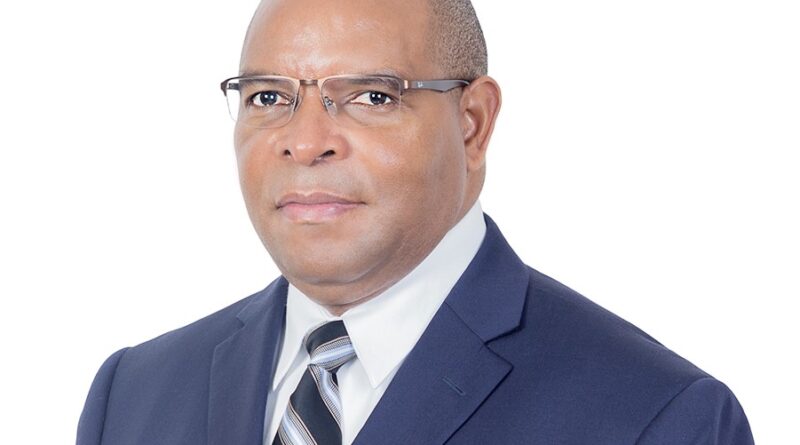Bank of Zambia Maintains Policy Rate at 14.5% as Inflation Trends Downward
The Monetary Policy Committee (MPC) of the Bank of Zambia has opted to maintain the Monetary Policy Rate (MPR) at 14.5 percent, following its meeting on 11–12 August 2025.
Governor Dr Denny H. Kalyalya said the decision reflects a cautious approach amid ongoing global uncertainties, despite recent positive developments in the domestic economy.
“Since the last MPC meeting, inflation has been on a downward trajectory, falling to 14.1 percent in June and further to 13.0 percent in July,” Dr Kalyalya noted. “Inflation is now projected to fall within the 6–8 percent target band from the first quarter of 2026.”
While acknowledging these gains, the Committee emphasised that current inflation remains well above the target band. External risks, including global trade policy uncertainties and persistent geopolitical tensions, continue to influence market conditions. The Committee also observed that, although market expectations of inflation have moderated, they remain high relative to the target band.
Data from the Bank of Zambia shows that overall inflation declined from 16.5 percent in March 2025 to 14.1 percent in June and 13.0 percent in July. Key drivers include improved maize supply, lower fuel prices, and an appreciation of the Kwacha against major currencies. Food inflation fell from 19.6 percent in 2024 Q1 to 18.6 percent in 2025 Q2, while non-food inflation eased to 10.3 percent in the same period.
Looking ahead, inflation is expected to continue its declining trend over the next eight quarters. The Bank projects average inflation of 13.3 percent in 2025, falling to 7.7 percent in 2026 and sustained into the first half of 2027. This improvement reflects the lagged effects of the appreciated exchange rate, lower food and energy prices, past monetary policy measures, and structural and fiscal reforms. Downside risks include increased earnings from copper exports and subdued crude oil prices, which could further strengthen the inflation outlook.
In Q2 2025, the Kwacha appreciated by 14.4 percent against the US dollar, compared to a 4.0 percent depreciation in Q1. Increased foreign exchange supply, largely from the mining sector, improved investor sentiment, and a weaker US dollar contributed to this trend. The excess demand for foreign exchange fell to USD 156 million from USD 257 million in Q1. Gross international reserves rose to USD 4.7 billion, equivalent to 4.6 months of import cover.
Overall domestic credit growth moderated to 12.7 percent year-on-year in June from 15.3 percent in March. Private sector lending slowed to 19.8 percent due to reduced borrowing in manufacturing, construction, trade, and real estate sectors. Lending to government declined amid lower demand for Treasury bills and bonds.
Economic activity continued to improve in Q2, supported by strong agricultural output and positive private sector sentiment, according to the Zambia Purchasing Managers Index and the Bank of Zambia’s Quarterly Survey of Business Opinions. Medium-term economic growth prospects remain positive, with the wholesale and retail trade sectors expected to drive expansion.
In conclusion, the MPC maintained the MPR at 14.5 percent to consolidate the gains achieved in controlling inflation while navigating external uncertainties. Governor Dr Kalyalya reaffirmed the Bank’s commitment to stabilising inflation and supporting sustainable economic growth.



